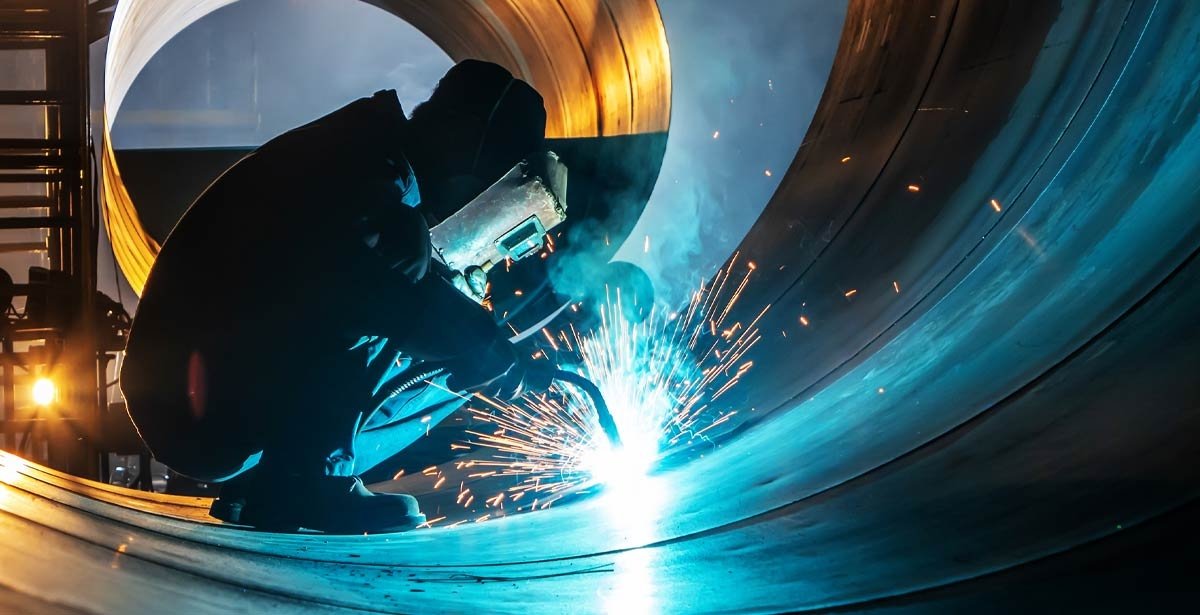Several enterprises use high-pressure tanks or cylinders for warehousing and transporting compressed gasses. Handling these tanks safely is of the highest significance to reduce the likelihood of accidents and protect the health of the people working with them. This article will teach you fundamental techniques for properly handling high-pressure cylinders and tanks. Following these instructions and procedures, you can keep your workplace safe while reducing potential dangers. Look at the most important best practices for safely manipulating high-pressure tanks.
Ensure Proper Storage
When it comes to storing tanks that are under high pressure, safety must take first. It is very necessary to keep these tanks in an area with enough ventilation to avoid the buildup of gasses or odors. To reduce the likelihood of a fire or explosion, keep them away from any heat sources, areas of direct sunlight, and combustible items. In addition, the space in which the tanks are stored needs to be protected against unwanted entry and any attempts at manipulation. If the tanks suffer physical damage, it can jeopardize their structural integrity and pose a severe risk. By adhering to these rules, you will be able to maintain a safe environment for the storage of high-pressure tanks, so assuring the safety of both humans and the environment in the surrounding area.
Handle Tanks with Care
Handling high-pressure tanks appropriately is necessary to avoid strains, injuries, and even damage to the tanks themselves. Using suitable lifting methods, such as bending at the knees and using the leg muscles rather than stressing the back while lifting heavy objects, is essential. It is recommended that appropriate equipment, such as lifting straps or dollies, be used while lifting or moving the tanks to ensure that the weight is distributed uniformly and to prevent the tanks from being dropped or dragged. In addition, treating the tanks with care and concern while handling them can help avoid damage to the valves or fittings, which in turn helps ensure that they are operating correctly and are safe to use. By adhering to these principles, you can reduce the likelihood of suffering an injury while also preserving the structural integrity of high-pressure tanks.
Secure Tanks During Transportation
To ensure the safe shipment of high-pressure tanks, it is essential to handle them correctly. This includes keeping the tanks upright at all times during transportation. Specialized cages or racks designed for transporting tanks can provide the necessary support to prevent toppling or rolling. Additionally, the vehicle used for transporting the high-pressure tanks should be in good condition. The truck should have sturdy fasteners and a secure storage area specifically designed for holding the tanks. Regular inspections of the vehicle and its storage compartments should be conducted to verify that everything is properly secured and in working order. By implementing these precautionary measures, the risks associated with transporting high-pressure tanks can be minimized, ensuring their safe arrival at the intended destination.
Follow Proper Connection Procedures
When attaching or detaching high-pressure tanks, adhering to the manufacturer’s requirements is crucial. Use the prescribed tools and equipment to guarantee a secure connection between the tank and the related apparatus or regulator. Checking that the connection is tight and secure will avoid any leaks or other risks. Overtightening or applying too much effort might cause the tank or its fittings to break. It is possible to prevent damage to the high-pressure tanks by carefully connecting and disconnecting them under the manufacturer’s guidelines.
Train and Educate Employees
To provide a risk-free workplace, educating and teaching everyone who comes into contact with high-pressure tanks is essential. Establish training programs, including those offered by reputable organizations like DEMA in New Orleans and other cities, that focus on teaching employees how to handle materials safely, respond effectively in emergencies, and operate the necessary safety equipment. Ensure this training is refreshed and reinforced regularly so everyone is always up to speed and ready for anything. Investing in continuous training and education can reduce the likelihood of accidents and incidents involving high-pressure tank handling.
Establish Emergency Response Plans
It is of utmost importance to establish and openly discuss well-defined strategies for emergency response to effectively handle incidents related to high-pressure tank scenarios. Educate employees on appropriate protocols to be followed in the event of spills, releases, or accidents. Create extensive plans that incorporate evacuation guidelines, emergency response procedures, and precautionary measures to reduce potential risks. By putting these plans into action, you can guarantee a prompt and effective reaction to emergencies while minimizing the consequences of potential hazards linked to high-pressure tank operations.
Conclusion
When working with pressurized containers, caution must be used at all times. By following proper storage and handling procedures, ensuring secure transportation of high-pressure tanks, adhering to connection and leak testing protocols, providing comprehensive employee training, establishing emergency response plans, and prioritizing safety in the workplace, you can effectively manage high-pressure tanks and prevent accidents from occurring.


